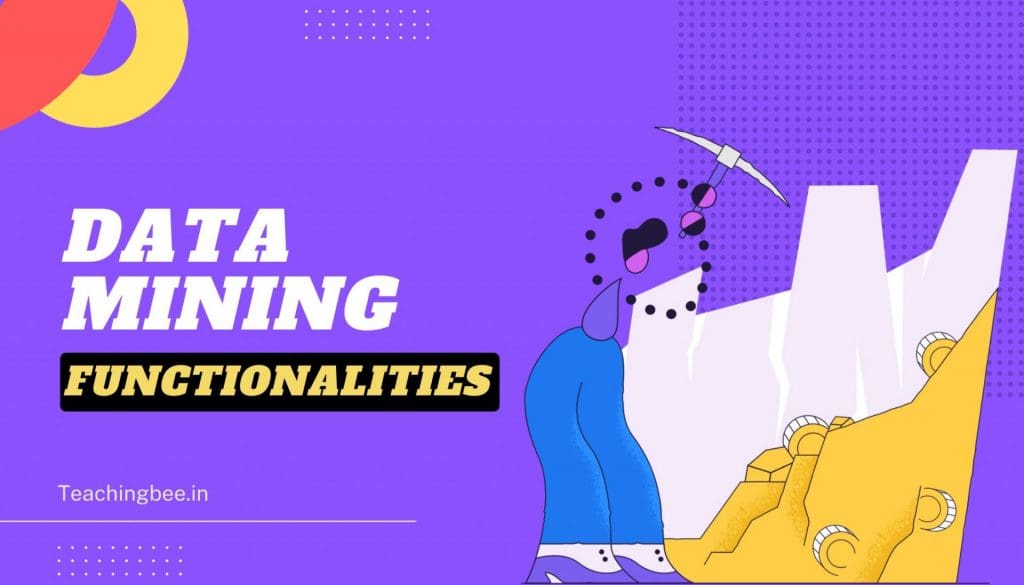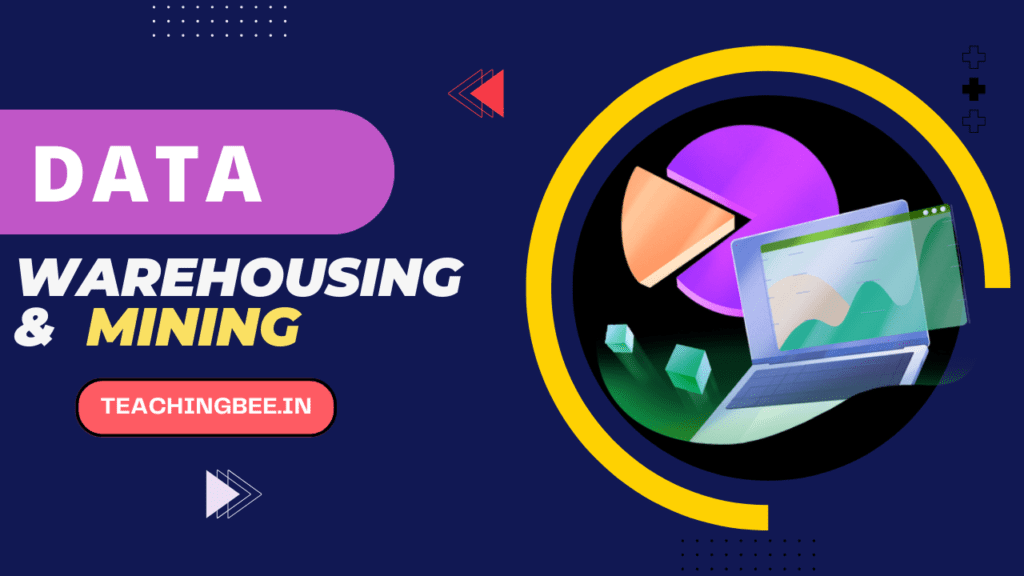Table of Contents
ToggleIntroduction
In this article we will look into various data mining functionalities. Data Mining is the process of extracting information from raw data to identify patterns, trends, and useful data to take the data-driven decision for business from huge sets of data. It automatically searches for large stores of information to find trends and patterns that go beyond simple analysis procedures using complex mathematical algorithms for data segments.
Data Mining is also called Knowledge Discovery of Data (KDD).
Data Mining Functionalities
Data mining functionalities describes the types of patterns that need to be found when performing the data mining process. These tasks are divided into two categories of tasks: predictive and descriptive.


Various data mining Functionalities are:
Class/Concept Descriptions
A concept or class suggests that there exists some collection of features that define the class or some idea. For eg class could be a collection of products present in store and a concept may be mere abstract idea that can help classification of products into like sold on sale and other non-sale merchandise.
Below two concepts are associated with class/concept descriptions, one which assists in grouping and the second which helps differentiate.
- Data Characterisation: This sums up general characteristics/ features of the class which help in formation of specific rules for target class.
- Data discrimination: It is used in order to differentiate distinct data sets by the difference in attributes’ values.
Mining Frequent Patterns, Associations, and Correlations:
Discovering patterns from huge set of data is primary task of data mining. The most frequent patterns are those that most common in data.
Different kinds of frequency patterns that are found within the data are
- Common item sets:This term refers to a set of items commonly encountered together, for example, car and engine.
- Frequent Substructure: Different kinds of data structures that may be integrated together with item sets, or subsets, like graphs and trees.
- Frequent Subsequence A pattern that is regular for example, like purchasing a mobile and then the purchase of a cover.
Association Analysis
The process discovers relationship between various items. for example, it can be used to determine the sales of items that are frequently purchased together.This process uses confidence which is the conditional probability that an event occurs when another event occurs in the course of a transaction.
Classification
This data mining functionalities classifies items based on predefined characteristics. It uses methods such as if-then, decision trees as well as neural networks to forecast the class of a group or to classify an entire collection of items.
Prediction
It is used to predict not available data or forecast future trends in data using the attributes of the object as well as attribute value of classes.
There are generally two types of predictions that can be made in data mining: class and numeric predictions.
- Predictions of numbers are created by constructing the linear regression model which is built on the historical data.
- Class prediction can be used to fill in the missing product information regarding classes with a training data set in which the product’s class is identified.
Cluster Analysis
In the field of image processing patterns, bioinformatics and pattern recognition clustering is a well-known function of data mining functionalities. Unlike classification, the classes aren’t predefined in clustering. Clustering algorithms classify data according to similar characteristics and differences.
Outlier Analysis
The analysis of outliers is essential data mining functionalities to determine the validity of data and model training. If you find excessive outliers, you can’t be sure of the accuracy of the data or create patterns. Outlier analysis can tell whether there is something off in the data or if it indicates a situation the business should be aware of and implement measures to address.
Evolution and Deviation Analysis
Evolution Analysis helps in study of data which evolve over time and help to identify the data, categorise, group or distinguish time-related data.
Correlation Analysis
Correlation is a mathematical method to determine how closely two characteristics are connected to one another. It determines the degree to which two continuous variables that are numerically measured are connected.
Conclusion
Data Mining is the process of extracting information from raw data to identify patterns, trends, and useful data. In this article we discussed about various data mining functionalities.
Got a question or just want to chat? Comment below or drop by our forums, where a bunch of the friendliest people you’ll ever run into will be happy to help you out!




